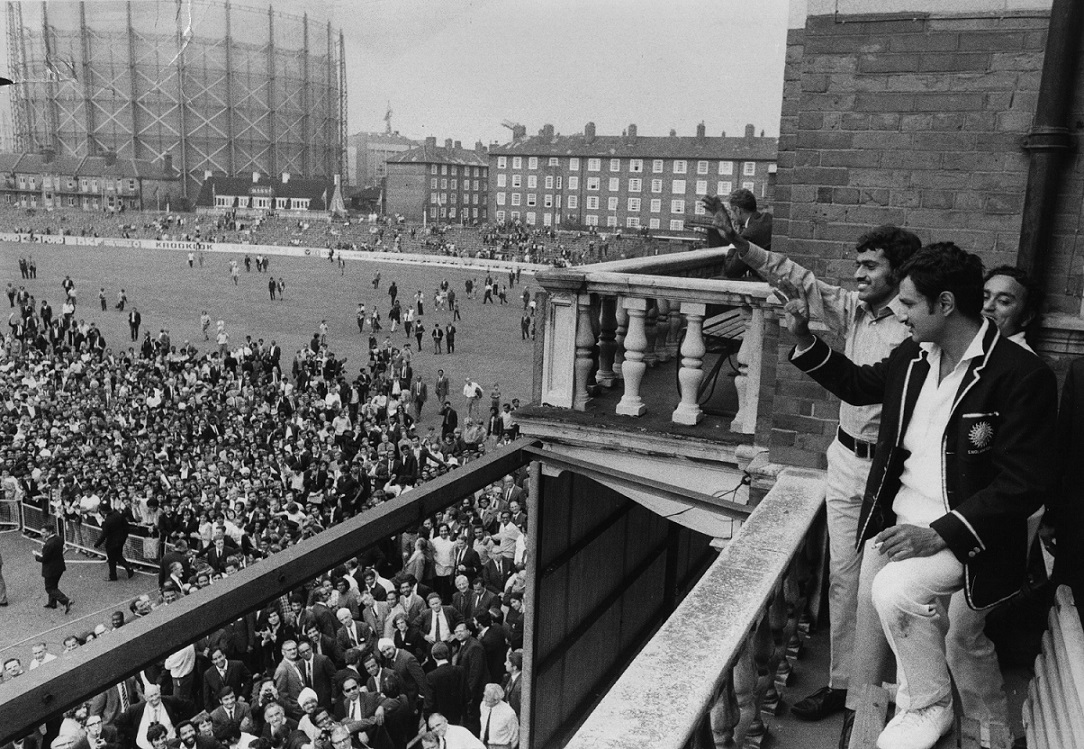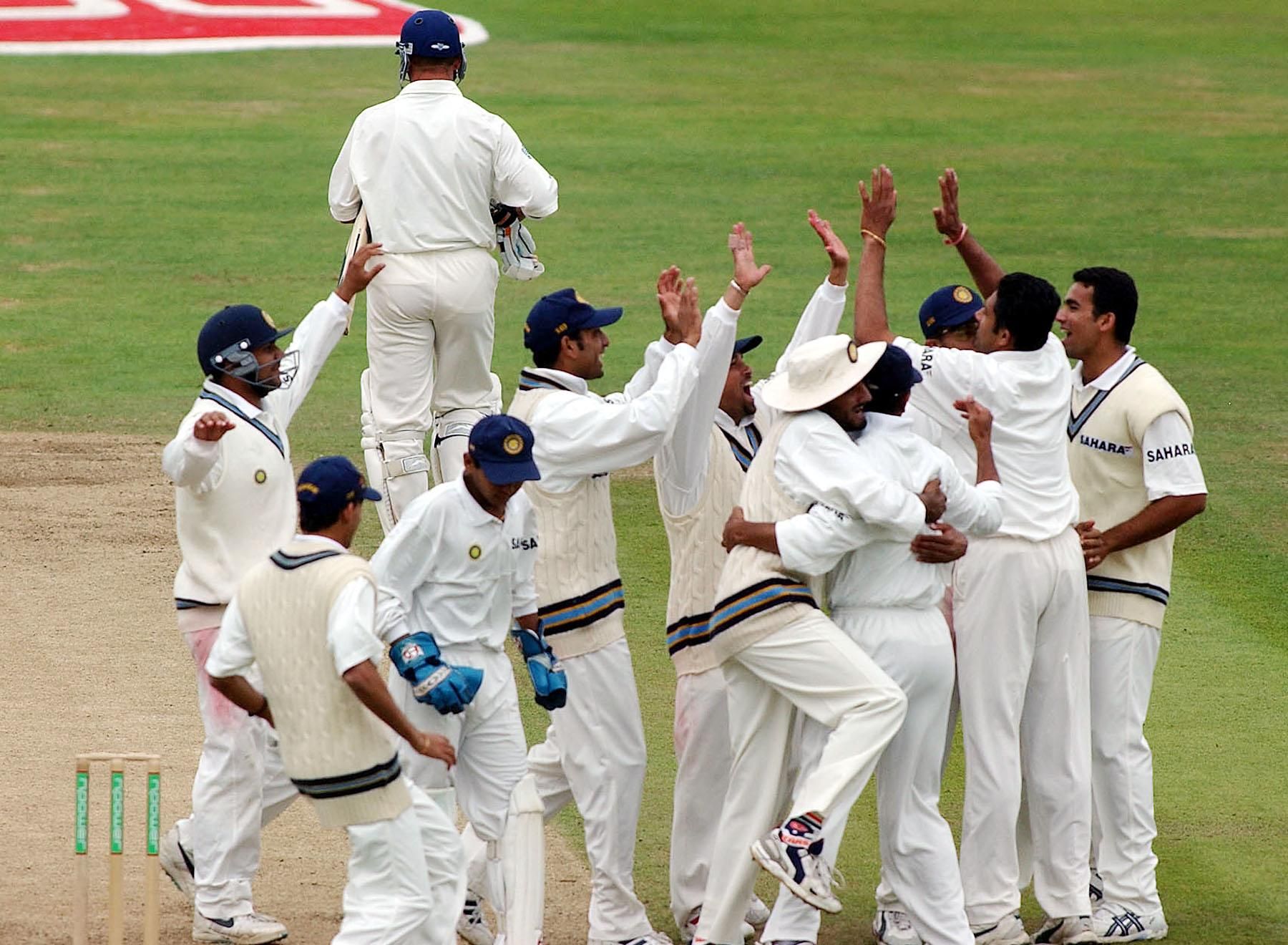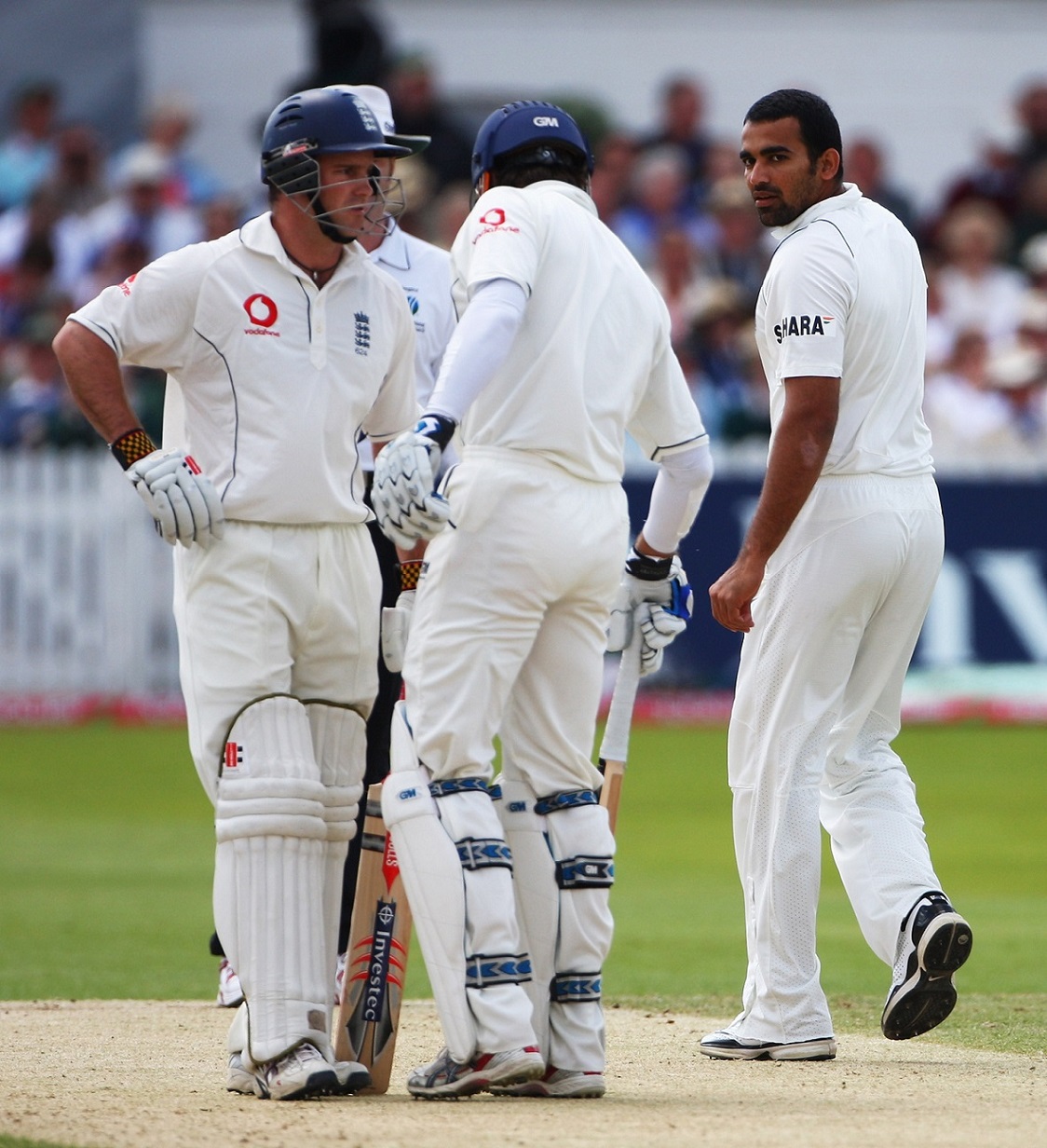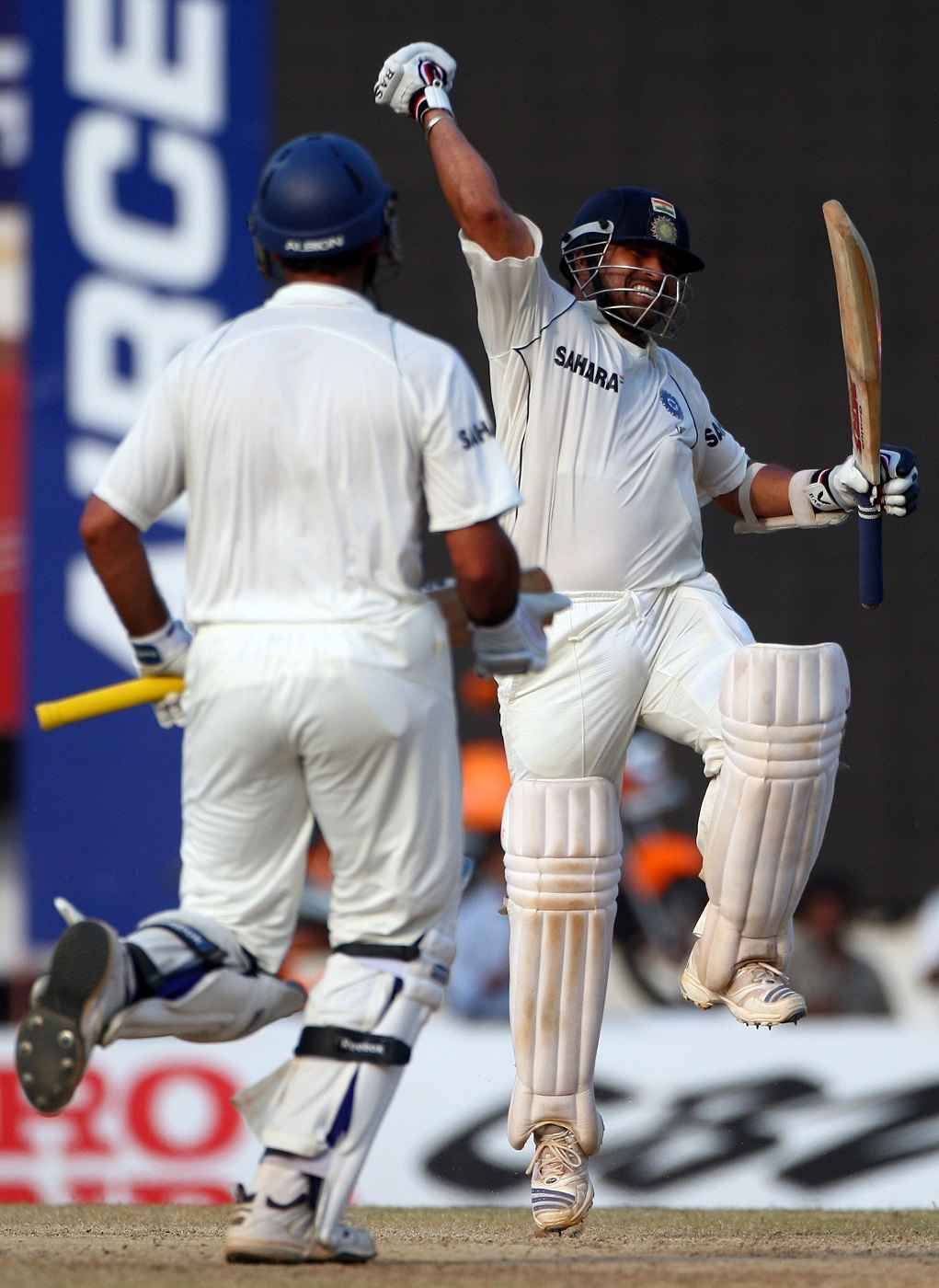 OPINION
OPINIONIndia did not win a Test match against England until 1951/52. The first win on English soil came as late as in 1971. However, things have evened out in the 21st century. Here are some of India’s most iconic wins against England.
Parsees stun Vernon’s XI
In 1889/90, George Vernon led the first-ever English side to tour India. Of their 13 matches, they won 10 and drew 2 – but their other match was against the Parsees, the first Indians to play cricket. Vernon’s men got 97, which seemed to be enough when the Parsees were bowled out for 82. ME Pavri, arguably the first great Indian cricketer, took 7/34 (after 2/3 in the first innings) to bowl out the tourists for 61. Batting at #3, he then top-scored with 21 during the chase of 77.
Dual blow for England
India won their first-ever Test match in 1951/52, against England in Madras. Like many of their early wins, Vinoo Mankad (8/55 and 4/53) played a key role. With Pankaj Roy (111) and Polly Umrigar (130*) scoring hundreds, India won by an innings. It was not a great five days for England, for King George VI had passed away on the first day of the Test. The rest day had to be rescheduled to what was originally the second day.
India win a series
India had beaten Pakistan (in the latter’s maiden series) and New Zealand (the weakest side of the time). The win against England, in 1961/62, was their first against a major nation. After three draws, they won in Calcutta (by 187 runs) and Madras (128 runs). The architects-in-chief were Salim Durani (43, 5/47, 3/66, 21, 6/105, 4/72) and Chandu Borde (68, 4/65, 61, 31, 2/58, 3/59).
Chandra conquers Oval
The first two Test matches of the 1971 series were hit by rain. In the decider, at The Oval, England secured a 71-run lead. They were then 24/1 when Bhagwat Chandrasekhar took out John Edrich and Keith Fletcher with the last two balls before lunch on Day 4. He went on to take 6/38 to help bowl out England for 101. India won by four wickets and took the series.

The win remains arguably the most significant moments in the history of Indian cricket. The cricketers, who had little or no memory of British rule, were hailed as heroes back home by Indians who had witnessed the pre-Independence days.
Spinners win series for India
England beat India in the first Test match of the 1972/73 series, in Delhi. In the second, in Calcutta, they were chasing 192, when Bishan Bedi (5/63) reduced them to 17/4. Mike Denness (32) and Tony Greig (67) then added 97 to turn the tide of the match, but Chandra (4/42) ran through. India then won in Madras and never relinquished the lead. The Indian spinners took 73 of the 76 English wickets to fall to bowlers in the series. Chandra accounted for 35 of these and Bedi 25. This was India’s third series win in as many attempts under Ajit Wadekar.
Kapil’s Devils do it again
Three years after winning the World Cup in England, India won the Test series 2-0, with wins in the first two Test matches, at Lord’s and Headingley. In the second, they bowled out England for only 102 and 128. With 126*, 33, 61, and 102*, Dilip Vengsarkar top-scored in all four innings in these matches.

The first hundred was also Vengsarkar’s third consecutive at Lord’s in as many Tests. The England team was in such disarray that Mike Gatting replaced David Gower as captain mid-series.
England’s worst tour of India?
Keith Fletcher, sent as a scout ahead of the 1992/93 tour, had reported that England should not have problems handling Anil Kumble. As things turned out, Kumble took 21 wickets at 19.80 to help India demolish England 3-0. England were hit by poor selection (David Gower and Jack Russell did not travel, Mike Gatting and John Emburey played soon after returning from a ban, four seamers played on a spin-friendly pitch) and on-tour illnesses (several went down with food poisoning). Their post-tour excuses for defeat included pollution, Indian cuisine, facial hair, and wearing t-shirts during press conferences.
Turnaround at Headingley
India’s 2002 tour of England began with a defeat at Lord’s. At Trent Bridge, they conceded a lead of 260, but Rahul Dravid (115), Sachin Tendulkar, and Sourav Ganguly (99) helped them save the match. The trio then got 148, 193, and 128 respectively at Headingley before Kumble (3/93 and 4/66) spun them to a win.

The margin of victory – an innings and 46 runs – was India’s highest at that point.
Jellybeans backfire
India were nine down in the fourth innings at tea on Day 5 of the Lord’s Test of 2007, but were saved by subsequent rain. At Trent Bridge, Zaheer Khan – probably riled up by jellybeans thrown to him by England close-in fielder(s), added 5/75 to his 4/59 to lead an English rout. India won by seven wickets.

At The Oval, Kumble scored his only Test hundred as well as India’s only hundred of the series, and India scored 664 to bat England out of the Test match. They won a series on English soil after 21 years.
A poignant win
Following the terrorist attacks in Mumbai on November 26, the England team abandoned the ODI series midway to return home. They returned to play two Tests. In the first, in Chennai, Andrew Strauss scored 123 and 108 to help England set India 387, but Virender Sehwag launched a furious onslaught on the fourth evening (his 68-ball 83 won him the Player of the Match award).

At 224/4, England were in with a chance, but Tendulkar (103*) and Yuvraj Singh (85*) guided India to a six-wicket win. Tendulkar dedicated the win to the victims of the attack.